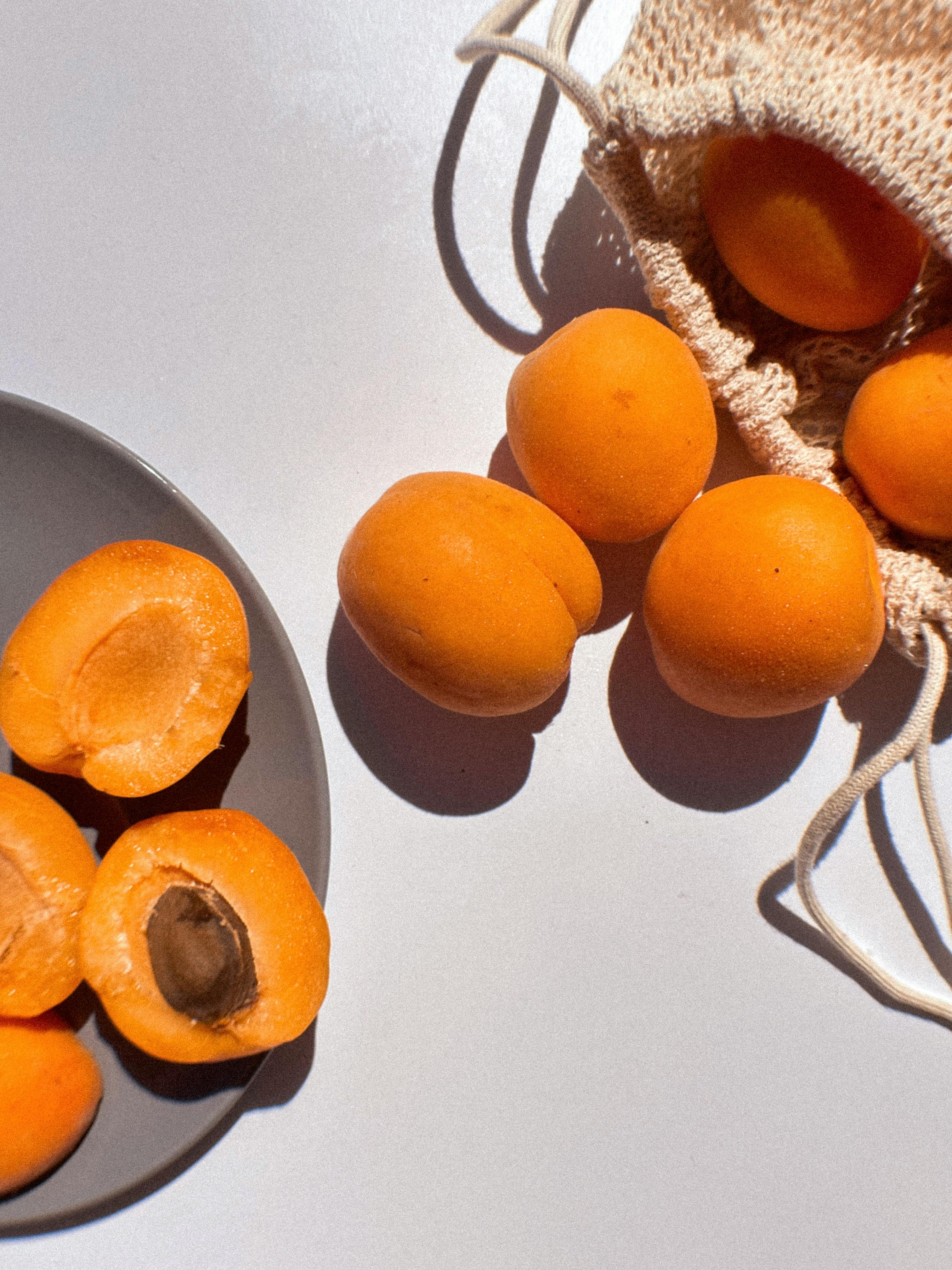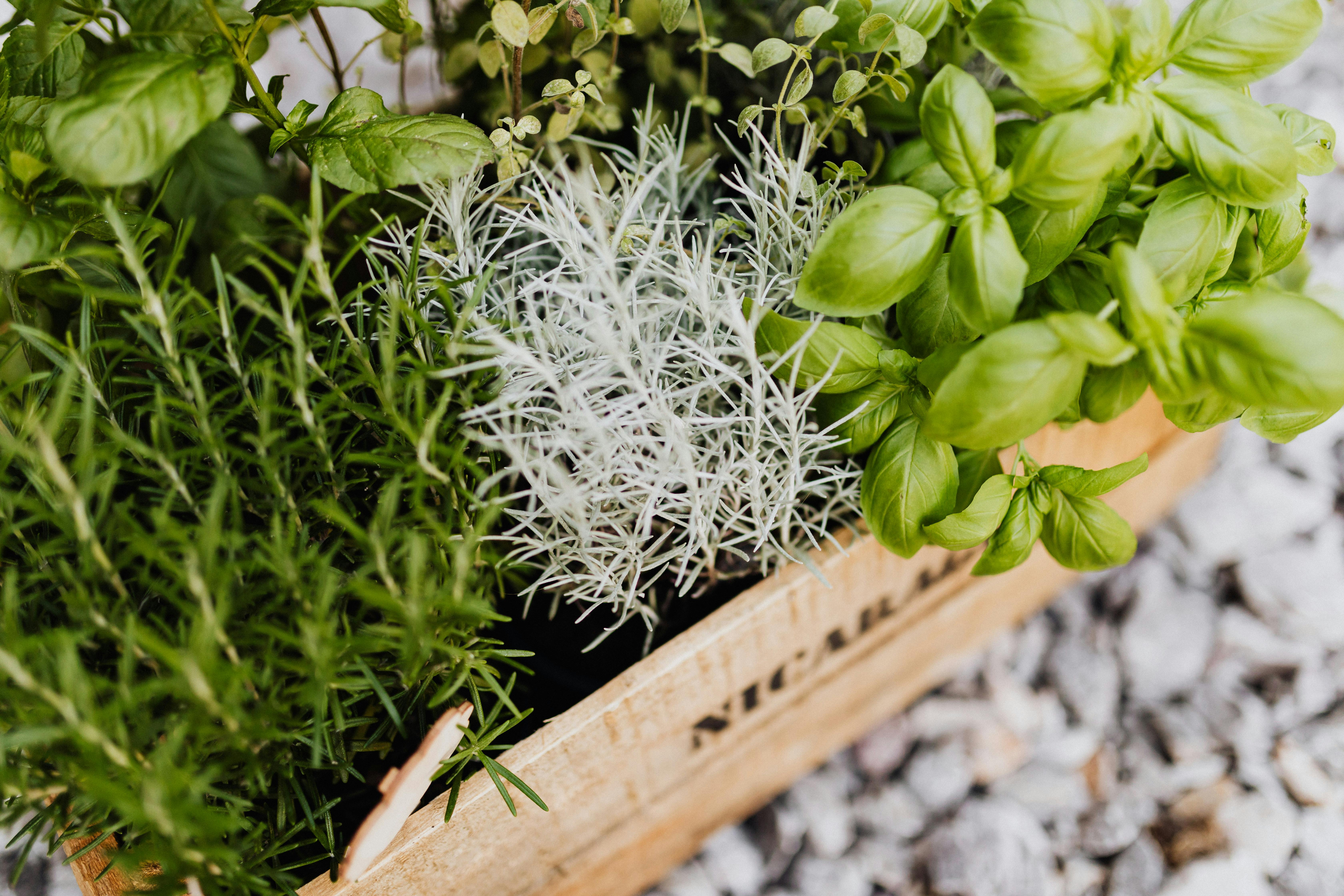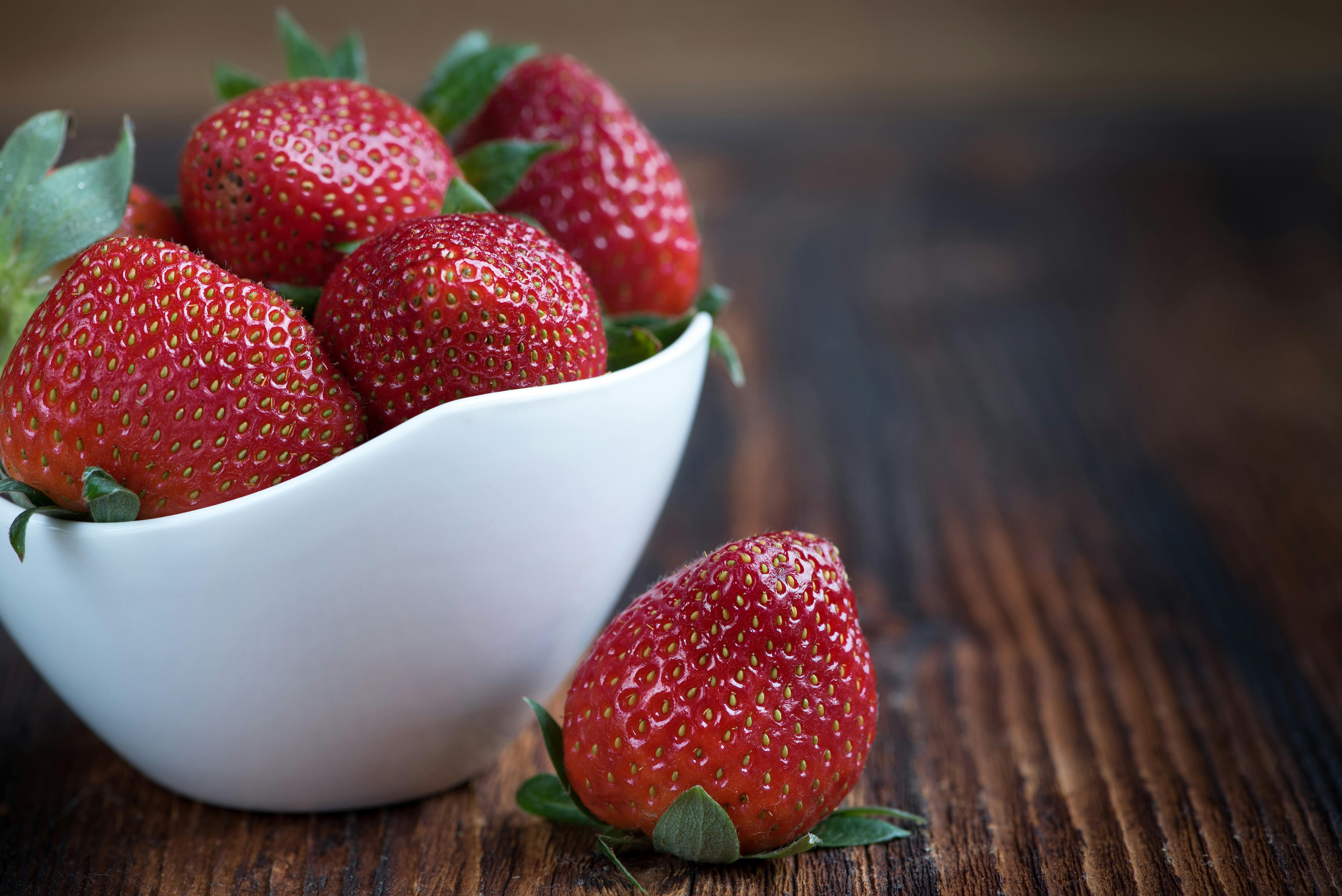 |
Nature’s Dessert Cookbook: Healthy, Delicious & Naturally Sweet Recipes Don’t want or can’t tolerate sugar alcohols and artificial sweeteners? This cookbook is for you! Every dessert is naturally sweetened with whole ingredients rich in fiber and protein, slowing sugar absorption and making them diabetic-friendly. It gathers your favorite recipes from the website—plus brand-new ones—all in one convenient place. Indulge in truly natural treats without compromise! |
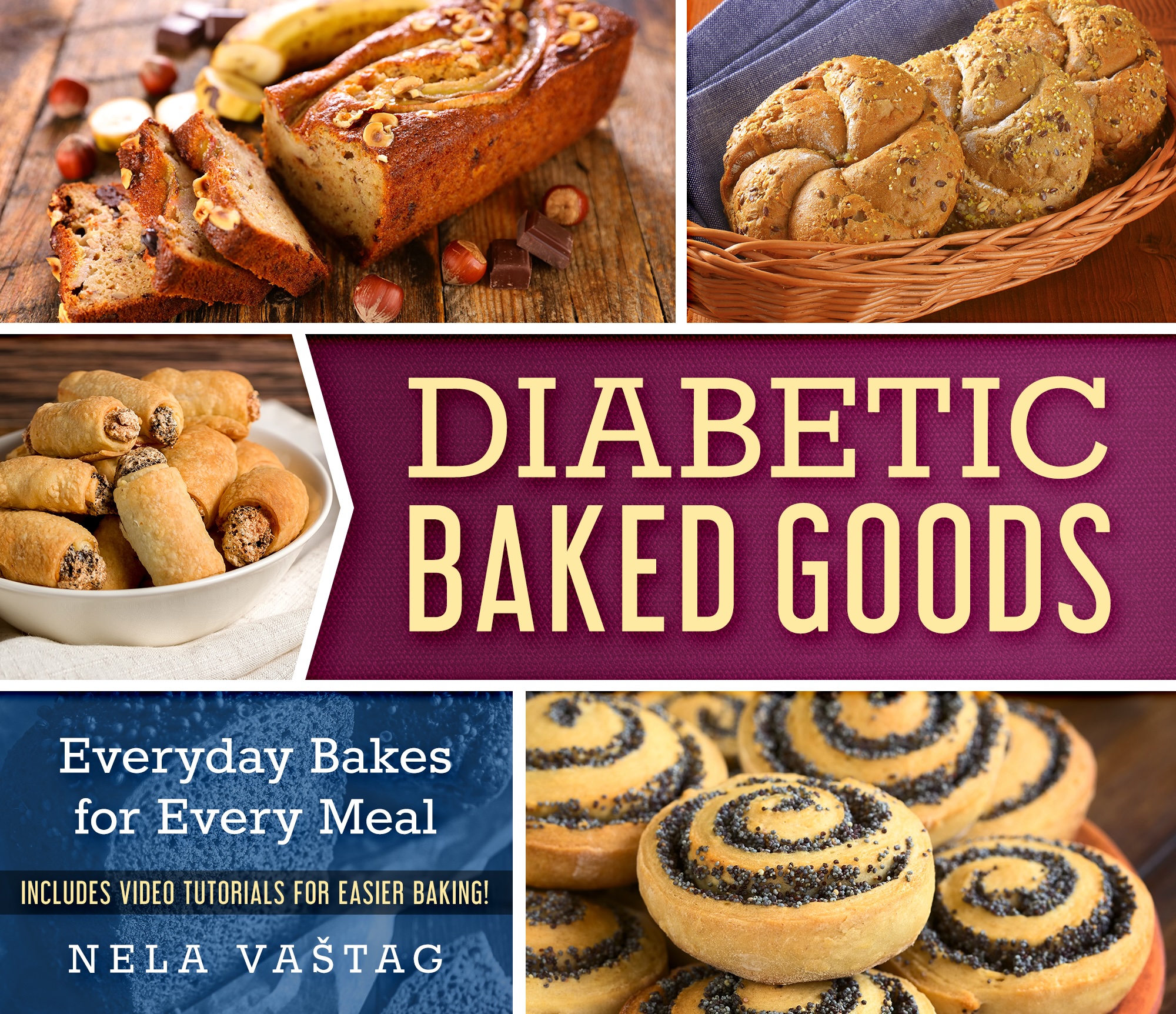 |
Diabetic Baked Goods: Everyday Bakes for Every Meal Diabetic cookbook designed to make healthy baking simple, accessible, and enjoyable. This collection of low-carb, high-fiber, and protein-rich recipes provides a reliable solution for those looking to enjoy diabetic bread and baked goods without blood sugar spikes. Every recipe includes a video tutorial, making it even easier to follow along and bake with confidence! |
 |
What Makes This Cookbook Different?
|
What is Starch? Navigating the Sweet and the Safe
Starch is a common ingredient found in many foods, offering a smooth and satisfying texture to both savory dishes and sweet treats. At its core, starch is a type of carbohydrate made up of numerous glucose units joined together.
When it comes to the impact on blood sugar levels, however, not all starches behave the same way. Understanding "what is starch" and differentiating between "good" and "bad" starches can be essential for anyone looking to manage diabetes effectively.
Our Experience with Starch
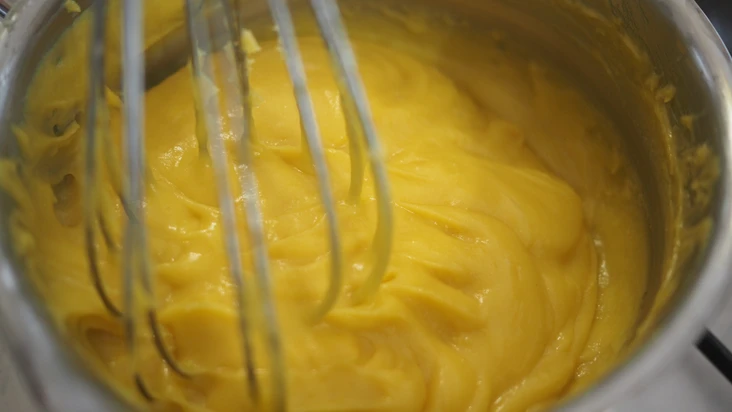
When my son was diagnosed with diabetes, I quickly noticed that certain products caused sudden spikes in his blood sugar levels. This happened after he ate pudding that I had made from a store-bought pudding powder, and, to my surprise, even after he chewed sugar-free gum.
I paid attention to the ingredients and noticed that these products had one thing in common: they contained starch. Since then, I pay special attention to the starch content in the foods we consume and in the ingredients I use for preparing desserts.
Now, when I prepare desserts, I steer clear of baked puddings, corn and wheat starch, and especially modified starch (which usually means baked goods) to ensure better control over my son's glucose levels.
Please notice that I share our personal experience, but it's important that everyone should carefully monitor their blood sugar levels, as each diabetic may react differently. Factors like age, physical activity, and other individual conditions play a significant role.
What is Starch?
So, what is starch exactly? Starch is a polysaccharide, meaning it is a complex carbohydrate made up of long chains of glucose molecules. Found naturally in many plants, it acts as a storage form of energy. When we eat starch-rich foods, our bodies break down the starch into glucose, which then enters our bloodstream.
The impact of starch on blood sugar depends significantly on its type. Generally, starches can be classified into three main categories: rapidly digestible starches (RDS), slowly digestible starches (SDS), and resistant starch (RS).1 Rapidly digestible starches break down quickly into glucose, causing a rapid spike in blood sugar. These are what I refer to as "bad" starches.
Diabetics should avoid "bad" starches because they cause rapid spikes in blood glucose levels. These spikes can be challenging to manage and can contribute to long-term complications such as heart disease, nerve damage, and kidney problems. Therefore, opting for ingredients with "good" starches2 can help keep blood sugar levels stable.
"Bad" Starch in Desserts
One practical example of "bad" starch is corn starch, which is commonly used as a thickening agent in various desserts. Corn starch breaks down quickly into glucose, leading to those undesirable blood sugar spikes. As a result, I avoid using corn starch in my son's desserts and look for alternative thickeners.
Wheat starch is another "bad" starch that I exclude from my recipes. Found in baked goods and many desserts, wheat starch also breaks down rapidly into glucose. Its use can be problematic for diabetics, making blood sugar levels more difficult to control.
We also avoid using tapioca starch. Although it's supposedly a better choice than corn starch, our experience has shown that products containing tapioca starch can cause for us unacceptable sudden spikes in blood sugar levels.
This specifically means that I avoid recipes that include pudding powders as a part of the cream and those that contain wheat starch (or flour) as a thickener in cream preparation. Sometimes, I use organic gelatin in small amounts in creams, which won't be problematic, but I mostly use alternatives instead of these ingredients.
Alternatives to Common Thickeners
Instead of corn or wheat starch agar-agar, derived from seaweed, is an alternative that doesn't cause sudden blood sugar spikes. It works well for setting creams and puddings, offering a smooth texture without the risk. If you are going to use it, pay attention to the amount, because a small amount will thicken the mixture quite a bit.
Another excellent alternative is chia seeds. These tiny seeds form a gel-like consistency when soaked in liquid, providing a natural thickening effect. Chia seeds are high in fiber and protein, which further helps in regulating blood sugar levels and adding nutritional value to desserts. I mainly use chia seeds in savory recipes, where they can be handy for thickening fillings, like those made from low-fat cottage cheese.
In the article about semolina, I wrote that sometimes buckwheat semolina can be an excellent thickener.
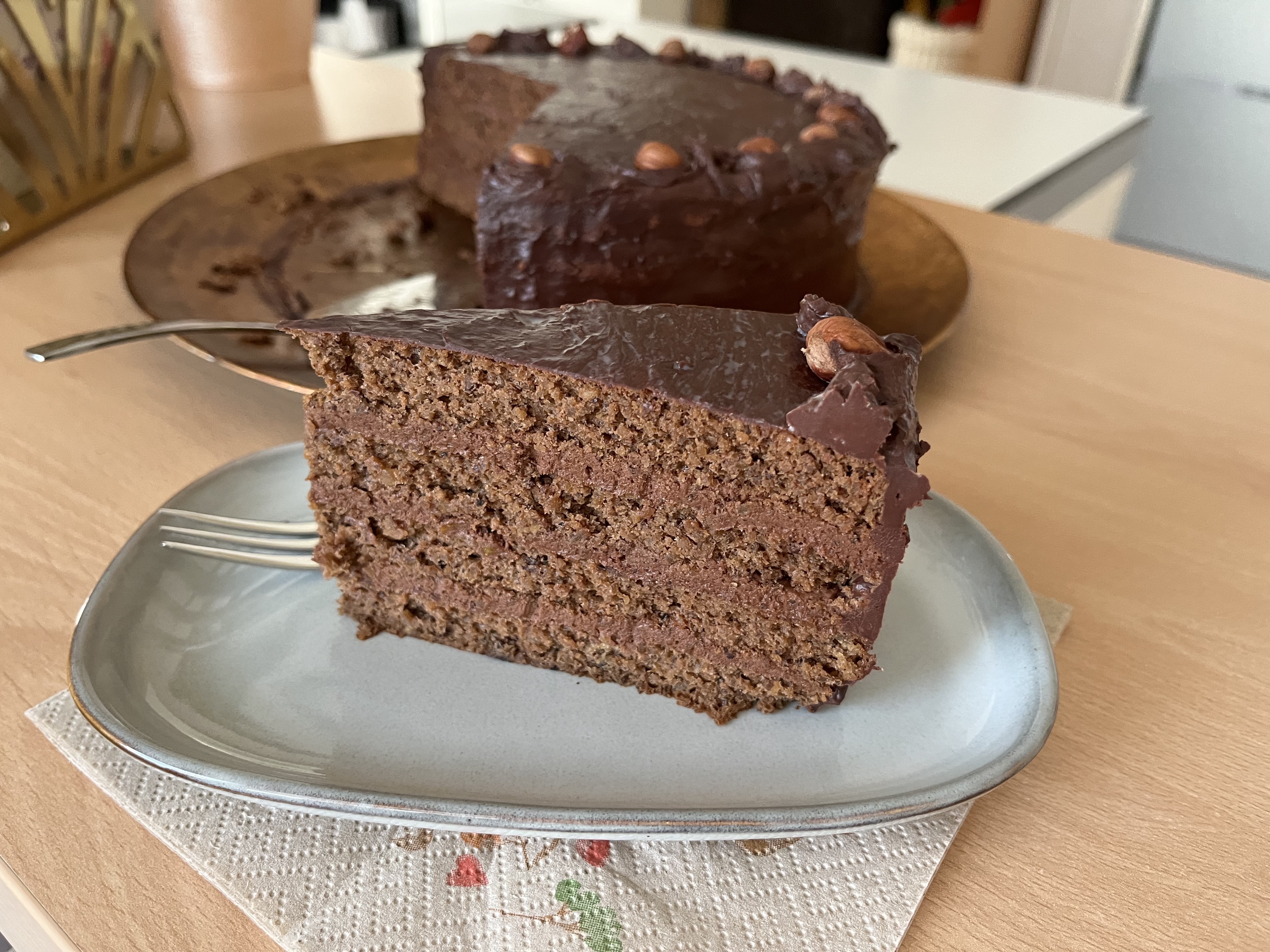
"Good" Ingredients in Desserts
For desserts, using ingredients rich in good carbohydrates can make a significant difference. Incorporating whole grain flours, almond or coconut flour, can provide a satisfying texture while keeping blood sugar levels in check.
Fruits like berries, which are lower in sugar compared to other fruits, can add natural sweetness and fiber to desserts. The additional fiber helps slow down the digestion of sugars, further minimizing blood sugar spikes.
Greek yogurt is another ingredient I love to use. It's high in protein and has probiotics that aid in digestion. It can be used as a base for many desserts, providing a creamy texture without the need for added starches.
When shopping, I always read the ingredient labels and try to be mindful of hidden starches, even in products labeled as sugar-free. By paying attention to "what is starch" and opting for good carbohydrates, we can create delightful and healthier treats. Avoiding “bad” starches has allowed us to enjoy dessert without the worry of unpredictable glucose spikes.
In conclusion, not all starches are created equal. By avoiding "bad" starches and embracing good carbohydrates, we can manage diabetes more effectively and enjoy a varied, delicious diet.

